Seasons – April 2021

From the Plateau Land & Wildlife Management Team
It’s official, spring is here! And with the changing of the season comes a resurgence of our celebrated wildflowers and the pollinators that rely on them. Pollinators are key for the survival of crops and other native plants, and are an important consideration for all landowners whether you are in Wildlife Management or not.
In this issue of Seasons, we offer tips for managing for native pollinators, a wildlife management activity suggestion that can benefit pollinators on your property, an on-demand webinar by a Plateau biologist with further insight into managing for native pollinators, and more! If you have questions about appropriate wildlife activities this spring, or how to better manage your property for native pollinators, we’ll be here when you need us.
Until next Seasons,
The Plateau Team
Table of Contents
Managing for Native Pollinators
Wildlife Management Activity Reminder: Imported Red Fire Ant Control
On-Demand Webinar: Butterflies, Wasps & Bees, Oh My! How to Manage for Native Pollinators
Service Spotlight: April Webinars
Braun & Gresham Landowner 101 Webinar Series
Field Notes: Pictures & Highlights of Properties in Wildlife Management
News for Texas Landowners
Managing for Native Pollinators
By Shane Kiefer, Director of Ecological Services, Certified Wildlife Biologist and Registered Property Tax Consultant
As seen in Texas Land Conservancy newsletter
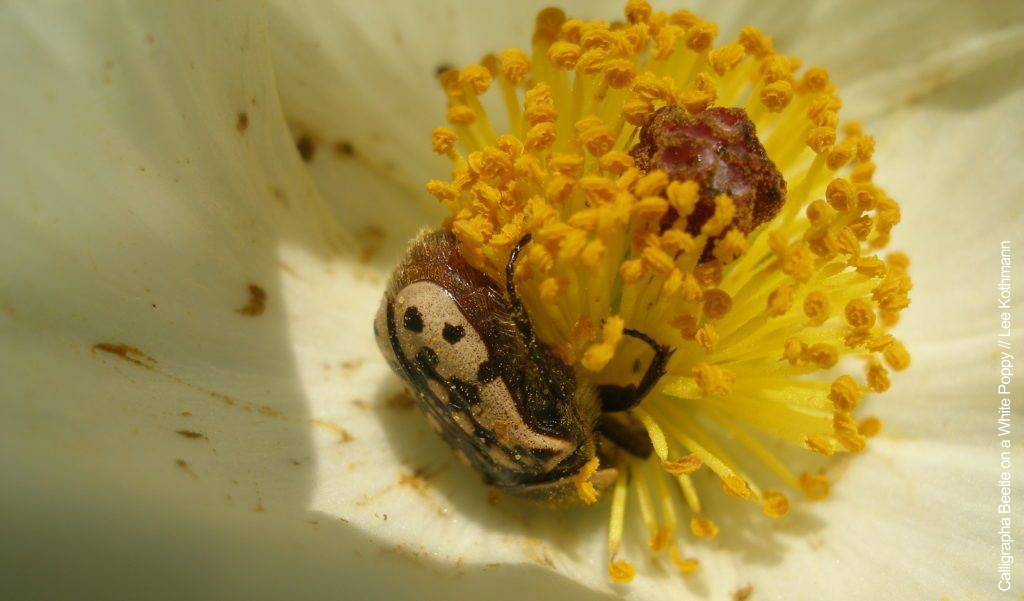
Photo of Calligrapha Beetle on a White Poppy by Lee Kothmann
You have likely heard a lot about the importance of pollinators in the last few years. Concerns about declines in pollinator health are not new, but they received official attention with a Presidential Memorandum to create a federal strategy to promote pollinator health in June 2014.
Much of the attention given to pollinators goes to honeybees due to their importance to our agricultural crops. But there are over 700 native bee species that occur in Texas, not to mention all the butterflies, moths, flies, beetles, bats, and other animals that act as pollinators. Many of these also pollinate crops and are essential to the survival of the native plants that depend on them – including the beautiful wildflowers we are currently enjoying.
While planting pollinator-friendly species such as native wildflowers or host plants for butterflies is an excellent management activity, there are many other options that follow some general rules to promote native pollinators. Some are as simple as minor adjustments to things you may already be doing, and can count towards your qualifying Wildlife Management activities. Many will also encourage other wildlife species to use your property.
1) Promote diversity
Don’t just focus on types of plants available but also on the structure of the vegetation and natural shelter available in your habitats. This often means doing less – mow less, weed less, clean up less. When planting, be sure to include species that bloom at different times during the growing season. Pollinators need food even after the spring flowers are gone.
2) Use what nature gives you
Those native weeds and lesser-known wildflowers are important, too. If your site already has natural diversity avoid doing things that discourage it, such as frequent mowing or overgrazing (especially during the growing season) or using herbicides indiscriminately. I commonly see landowners ask about controlling that tall, leafy weed under their trees, not knowing that frostweed (Verbesina virginica) is an attractive and important butterfly nectar source in the fall.
3) Work in patches
The opposite of diversity is uniformity. A clean, uniform pasture or forest may be visually appealing to our pastoral sensibilities, but it does not provide diversity (see Rule 1). For example, when mowing an area, mow in strips or small blocks, leaving uncut areas in between and along edges. Even after the flowers are done blooming, standing vegetation provides cover and nest sites for insects and other small wildlife. This can also apply to planting projects. If you don’t have space or budget to plant large areas for pollinators, even small patches can provide benefits.
4) Embrace a little mess (even if only in areas you can’t see)
Standing dead trees, dead branches, rotting logs, and brush or wood piles provide nesting sites for many native bees. Leaf and other vegetative litter provide shelter for adult and immature insects. Retain these in areas where they do not pose a safety hazard or fire risk. Similar to cavity-nesting birds, you can supplement these natural nest sites with artificial bee houses for mason bees, bumblebees, and others.
5) Start at ground level
Part of structural diversity is providing patches of bare ground for pollinators. Many native bees are ground-nesters and need scattered patches of undisturbed, bare soil. This is one of many reasons that sod-forming, non-native grasses like bermudagrass or bahiagrass are bad for wildlife. In addition to choking out plant diversity, they also eliminate structural diversity. Native bunchgrasses will naturally provide semi-bare patches of soil, and spot-treating non-native grasses with herbicides, flash grazing, or winter discing to expose soil can enhance old pastures for pollinators.
The list of beneficial management activities is long, but if you follow these general guidelines, you will be promoting pollinator health whether in your backyard, your pasture, or your timber stand. So plant those flowers and host plants, but also skip some mowing, let that corner of your backyard grow a little wild, leave some dead limbs, and let a few weeds grow. Our native pollinators will appreciate it.
As an additional resource, check out Texas Parks & Wildlife’s guide providing Management Recommendations for Native Insect Pollinators in Texas.
Have questions about managing for native pollinators in your Wildlife Management Plan? Please contact us at [email protected] or (512) 894-3479.
Back to TopBack to Top
Wildlife Management Activity Reminder: Imported Red Fire Ant Control
By Kameron Bain, Landowner Account Manager
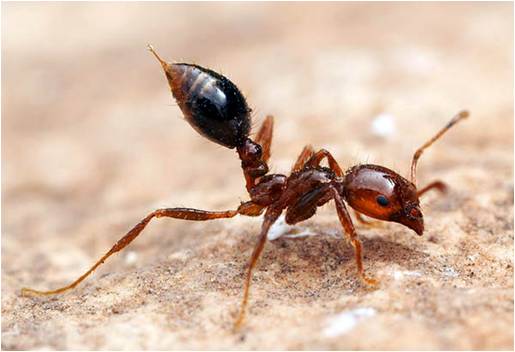 Warmer weather means spring is here – and so are the fire ants. As mounds start to appear on your property, it means an increase in ant activity, which is bad news for other insects and arthropods, ground-nesting birds, and small wildlife of all kinds.
Warmer weather means spring is here – and so are the fire ants. As mounds start to appear on your property, it means an increase in ant activity, which is bad news for other insects and arthropods, ground-nesting birds, and small wildlife of all kinds.
Imported red fire ants are an invasive species from South America first coming to this country in the 1930s. Not only are they a nuisance to humans, but they also impact wildlife including deer, quail, and other ground-nesting birds. Fire ants prey on and compete with other insects for the same food sources. Beyond direct predation on larger wildlife, the reduction in essential insects and other arthropods that nesting birds and small mammals need creates a ripple effect in the ecosystem as a whole, resulting in a shortage of food up the chain and a reduction in species diversity.
Spring is the best time to start treatment on fire ants
Plateau recommends treating imported red fire ants in the spring through early summer and again in the fall. Spring treatments reduce ant numbers when wildlife are most vulnerable to predation, while fall treatments help reduce the number of mounds that appear the following spring. Now is a great time for your first treatment of the year.
If at all possible, spot treat individual mounds with bait-style insecticides like Extinguish Plus or Amdro Pro that require the ants to ingest it. This reduces impacts to non-target ants and other insects. Contact insecticides like those containing pyrethrins can be effective when spot-treating as well, but will kill other insects that they contact. Organic treatments using spinosad and citrus oils are also available if you prefer to avoid synthetic insecticides.
If you have more than 20 fire ant mounds per acre, then you might consider broadcasting baits following the label directions. Keep in mind that this technique will likely impact native ants more than individual mound treatments.
Be sure to note the date of any treatments, take some example photos of treated mounds, and note the area you treated on a map to help ensure you covered the acreage required in your wildlife management plan.
A good program is both highly effective in treating fire ants and will benefit native wildlife as well. Always follow label directions before applying, and if you have grazing livestock on your property or cut hay, be sure to check for any restrictions on your chosen product.
It’s easy to get behind on activities, but we’re here to help answer questions or do the work for you! Contact us at (512) 894-3479 or [email protected] to learn more or schedule an imported red fire ant treatment by us.
On-Demand Webinar: Butterflies, Wasps & Bees, Oh My! How to Manage for Native Pollinators
Presented by James Hall, Senior Wildlife Biologist and Registered Property Tax Consultant
Texas has a wide array of native and non-native pollinators throughout the state that affect our daily life as we know it. These pollinators are not only a benefit to the ecosystem but are a benefit to the agricultural economy. During this on-demand webinar, we identify the common pollinators seen throughout Texas, discuss the different eco-services that they provide, and outline different management recommendations for your land to encourage native pollinators.
For more on-demand webinars, or to see our upcoming webinars, check out our event directory. Questions? Contact us at [email protected] or (512) 894-3479
Service Spotlight: April Webinars
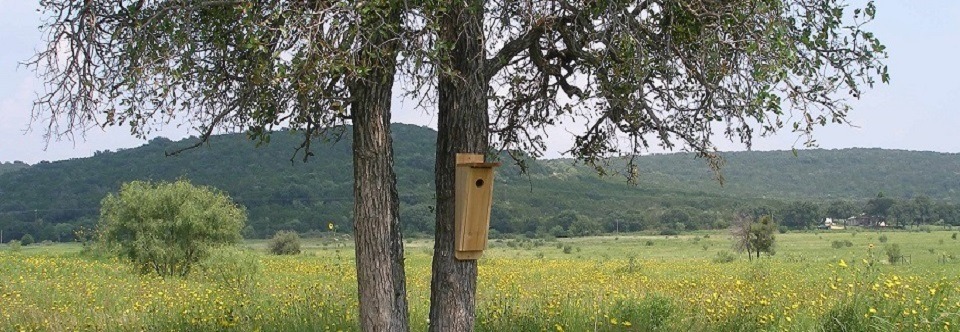
Join us this April to learn more about Wildlife Management!
Plateau has organized webinars for landowners interested in learning more about Wildlife Management, or those who recently made the switch. Join us on April 6th for an introduction to the Wildlife Management exemption. On April 15th, we will be hosting a follow-up webinar for how to get started if you made the switch in 2021. Time will be provided at the end of the presentations to address your questions about either making the switch, or appropriate activities and record-keeping strategies.
April Webinar Dates & Times:
- CONVERTING TO WILDLIFE MANAGEMENT EXEMPTION – April 6th, 6PM: REGISTER HERE
- GETTING STARTED IN WILDLIFE MANAGEMENT – April 15th, 12PM: REGISTER HERE
If you have questions or need assistance registering for a webinar, please contact us at (512) 894-3479 or email [email protected].
Braun & Gresham Landowner 101 Webinar Series
Braun & Gresham has organized a series of free webinars covering important laws and legal considerations for landowners. Join our attorneys to hear about topics such as property tax considerations, estate planning, tools for conserving your land, and more. This webinar series will benefit anyone who owns rural land in Texas.
Upcoming topics include:
- Top 5 Things to Consider When Crafting Your Estate Plan – April 6th
- Leaving a Legacy for Your Family – April 13th
- You Mean a Private Company can Take My Land? – April 20th
- Things to Know When Buying Rural Property – April 27th
Braun & Gresham, PLLC provides a wide range of legal services to meet the needs of landowners, whether ranchers, farmers, non-profits, businesses, or individual clients. These webinars highlight key challenges many landowners face, and will educate about the various tools available to address those challenges and achieve a landowner’s ultimate vision/goal for their property.
For more information about the webinar topics, or assistance registering, contact (512) 894-5426 or email [email protected].
Field Notes: Pictures & Highlights of Properties in Wildlife Management
Ever wonder how Wildlife Management is benefiting landowners’ property and the wildlife that lives on it? Here are some photos and highlights, from Plateau’s field staff and game cameras, of successes and small victories our landowner customers are seeing on their property.
All Kinds of Wildlife Utilize Nest Boxes
As you’re checking your nest boxes this spring, don’t be surprised if you find different little critters (other than birds) utilizing them too! One landowner found a White-footed mouse had made a nest for its newborns in a Plateau Titmouse nest box, another found a small raccoon curled up in their wood duck box. Placing nest boxes on your property is a fun and easy Wildlife Management activity! If you’re interested in purchasing nest boxes for your own property, give us a call at (512) 894-3479!
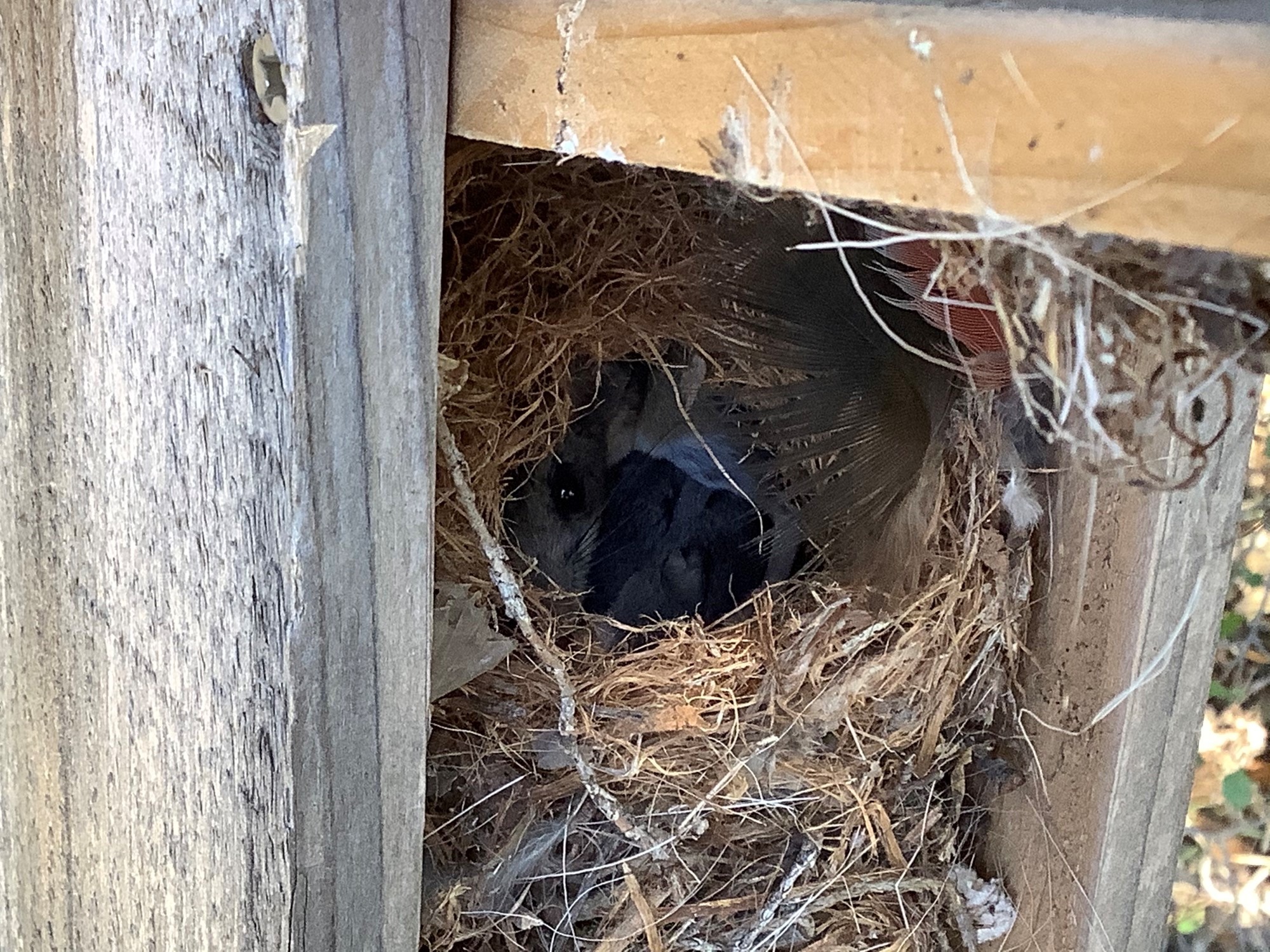
White-footed mouse nesting in a Plateau Titmouse Nest Box
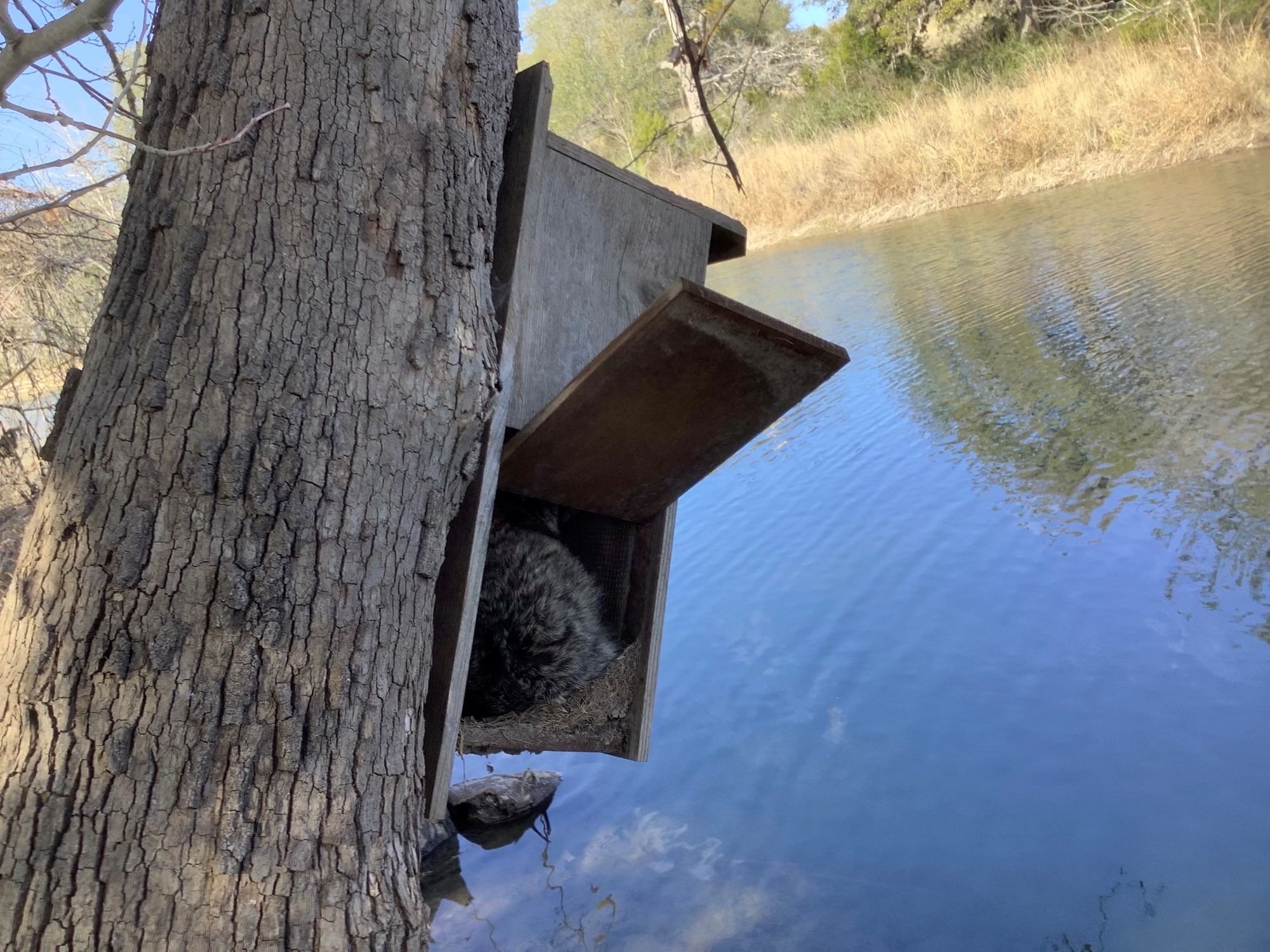
Raccoon in a Wood Duck Box (not during wood duck nesting season!)
Wildlife Caught on Game Cameras
Placing game cameras on your property not only counts as a census wildlife management activity, but also gives you insight into the amount and diversity of animals on your property. A game camera on a landowner’s property in Travis county caught a picture of a very old whitetail buck passing through their land, another captured a rare photo of a bobcat on their property. Plateau can assist you with conducting Remote Camera Surveys which establish two or more baited infrared game camera stations for 10-14 days, and provides a detailed analysis of the captured pictures. If you would like to schedule one for your property, give us a call at (512) 894-3479!
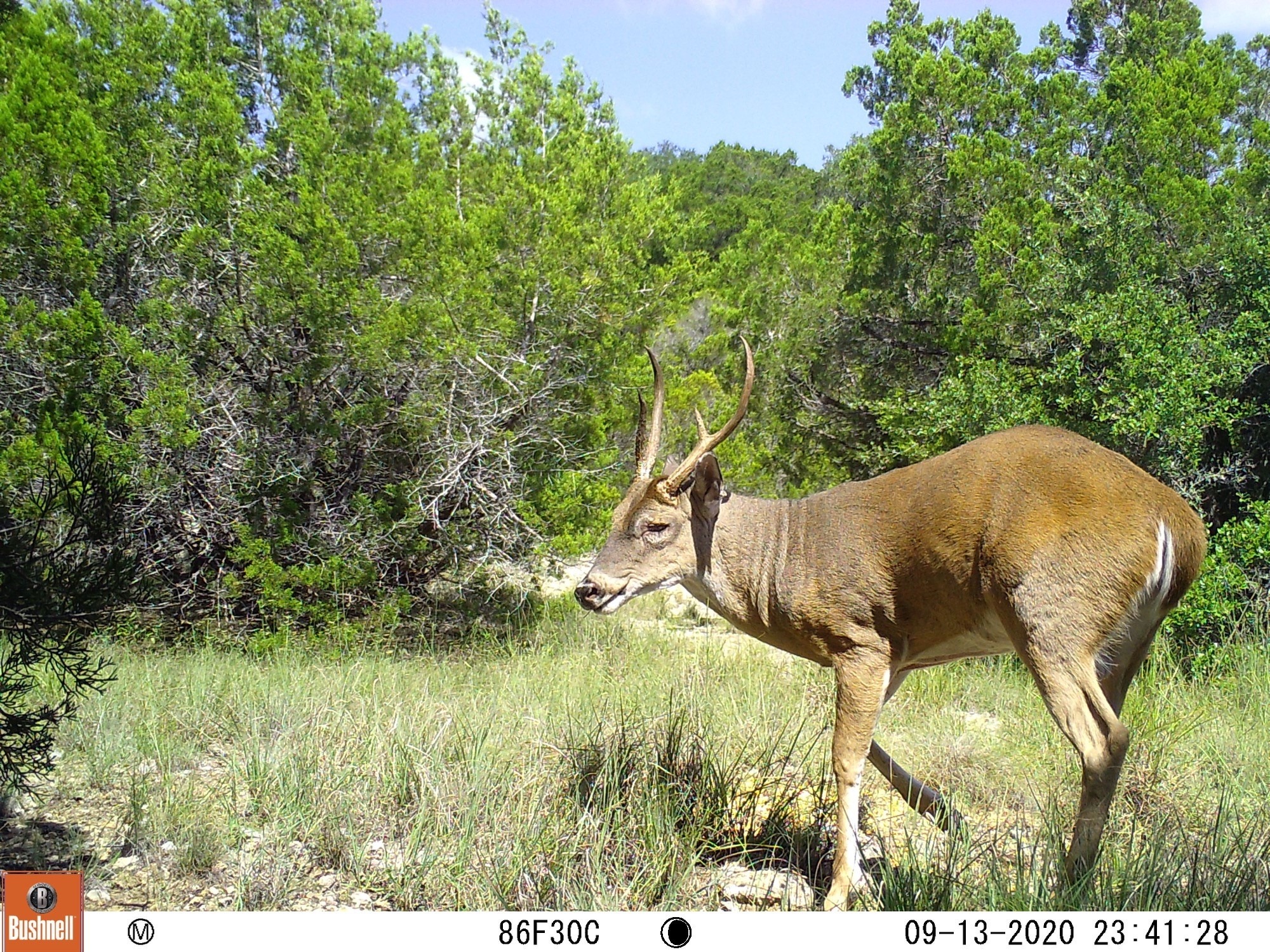
Whitetail buck in Travis county
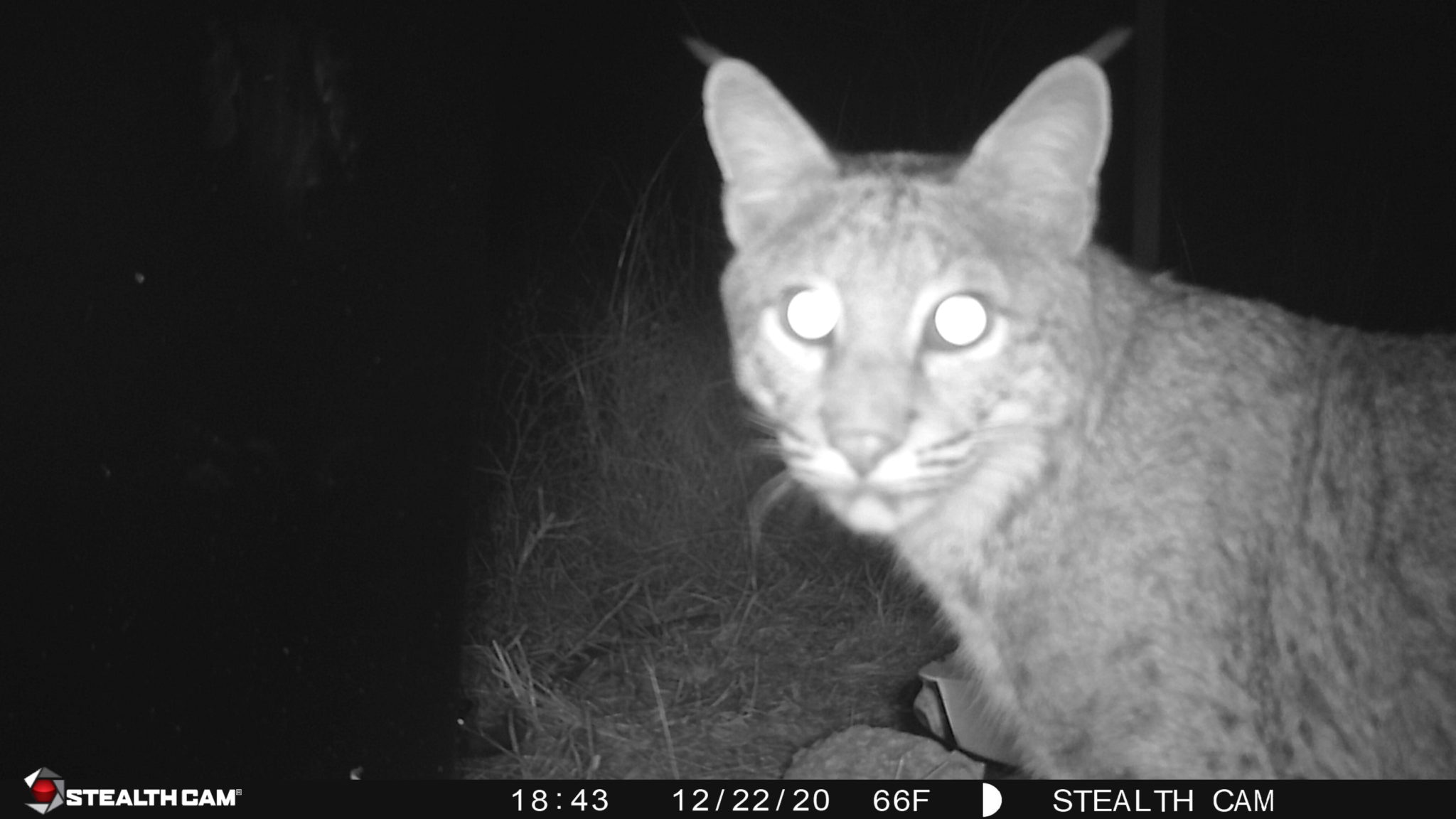
Bobcat on game camera
Javelina in Bastrop County
Collared Peccary, more commonly know as Javelina, regularly occur in the arid and semi-arid regions of South Texas and the Trans-Pecos. A population has surprisingly established in Bastrop County, living comfortably in the post oak woodland and Lost Pines region. This Javelina was observed by a landowner on his property in western Bastrop County, which has been managed for native wildlife for the past decade.
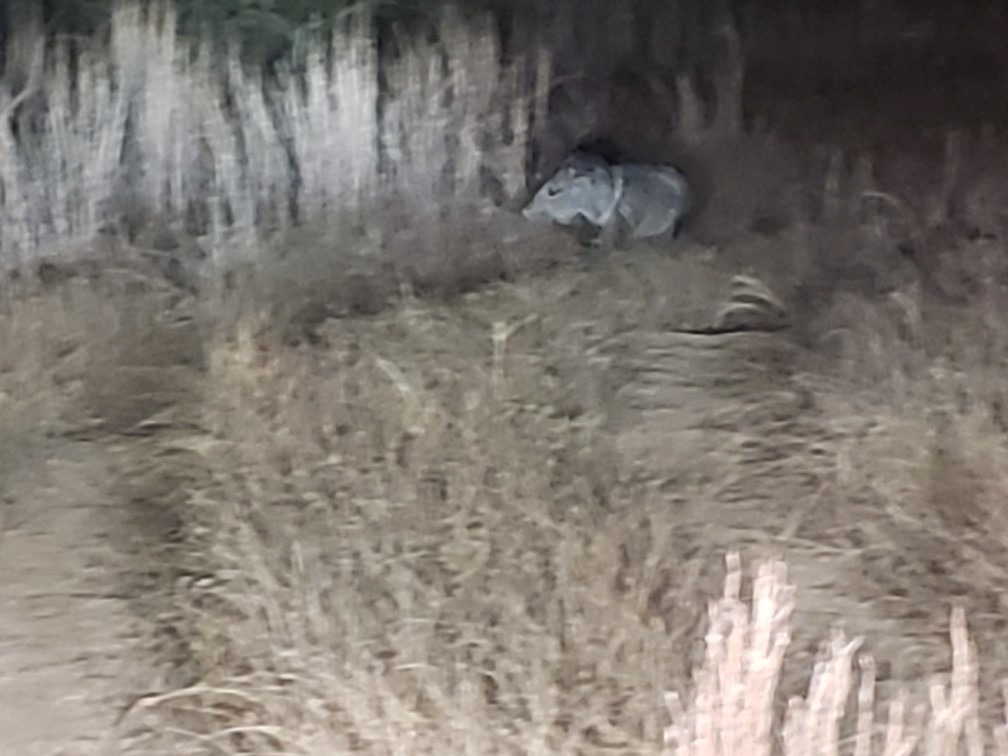
So many of you are out there doing great work. We appreciate you, and so do the native wildlife on your property and across Texas. Large or small, you are making a difference. Look for more great examples of wildlife and landowner successes and victories in upcoming Seasons Newsletters!
News for Texas Landowners
Riparian Stewardship in the Texas Hill Country: Strategies for Native Plant Restoration
Video by Hill Country Alliance
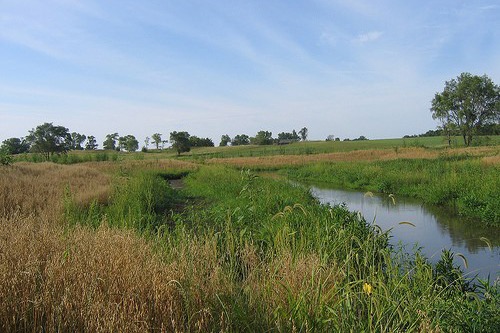
An easy way to keep Hill Country streams clean and flowing is to use simple riparian management techniques. A riparian area is often described as the “river bank” but in reality it is much more. The riparian area is the interface between land and water along a body of water. It includes the vegetation, soils and features from the water’s edge across the flood plain to the upland area. Typically, the best approach for managing this system is to do nothing, observe and let nature do the work.
Learn about strategies for native plant restoration in riparian areas in Hill Country Alliance’s educational video.
Filmed on location at the YMCA’s Roberts Ranch near Comfort, TX, this video features Steve Nelle of NRCS (retired), Ryan McGillicuddy of Texas Parks and Wildlife, and HCA’s Land Program Manager, Daniel Oppenheimer…
Honeybees Might Need Extra Care Post-Winter Storm Uri
Article by Adam Russell with Texas A&M AgriLife
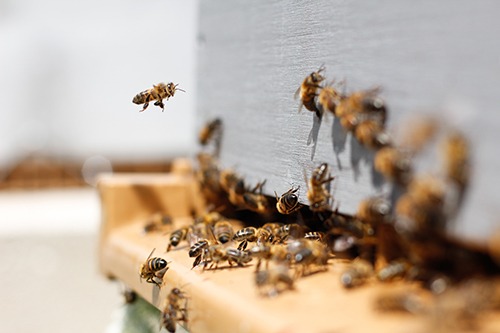
Most Texas beekeepers appear to have avoided extreme hive losses during Winter Storm Uri, but honeybees need extra care following the historic cold, according to a Texas A&M AgriLife Extension Service expert.
Molly Keck, AgriLife Extension entomologist, Bexar County, said the U.S. Department of Agriculture is surveying Texas beekeepers to determine the extent of bee and hive losses from the storm, but damage reports were limited.
Keck said bee die-offs occurred, but that total hive losses were relatively limited.
“At least throughout South-Central Texas, beehives were fine,” she said. “People knew the storm was coming and covered them with blankets to help insulate them. I think hives did fairly well if they were generally healthy going into the storm…”
Here’s What to Expect this Wildflower Season, How to Identify Central Texas Species
Article by Nicholas Cicale for Community Impact Newspaper
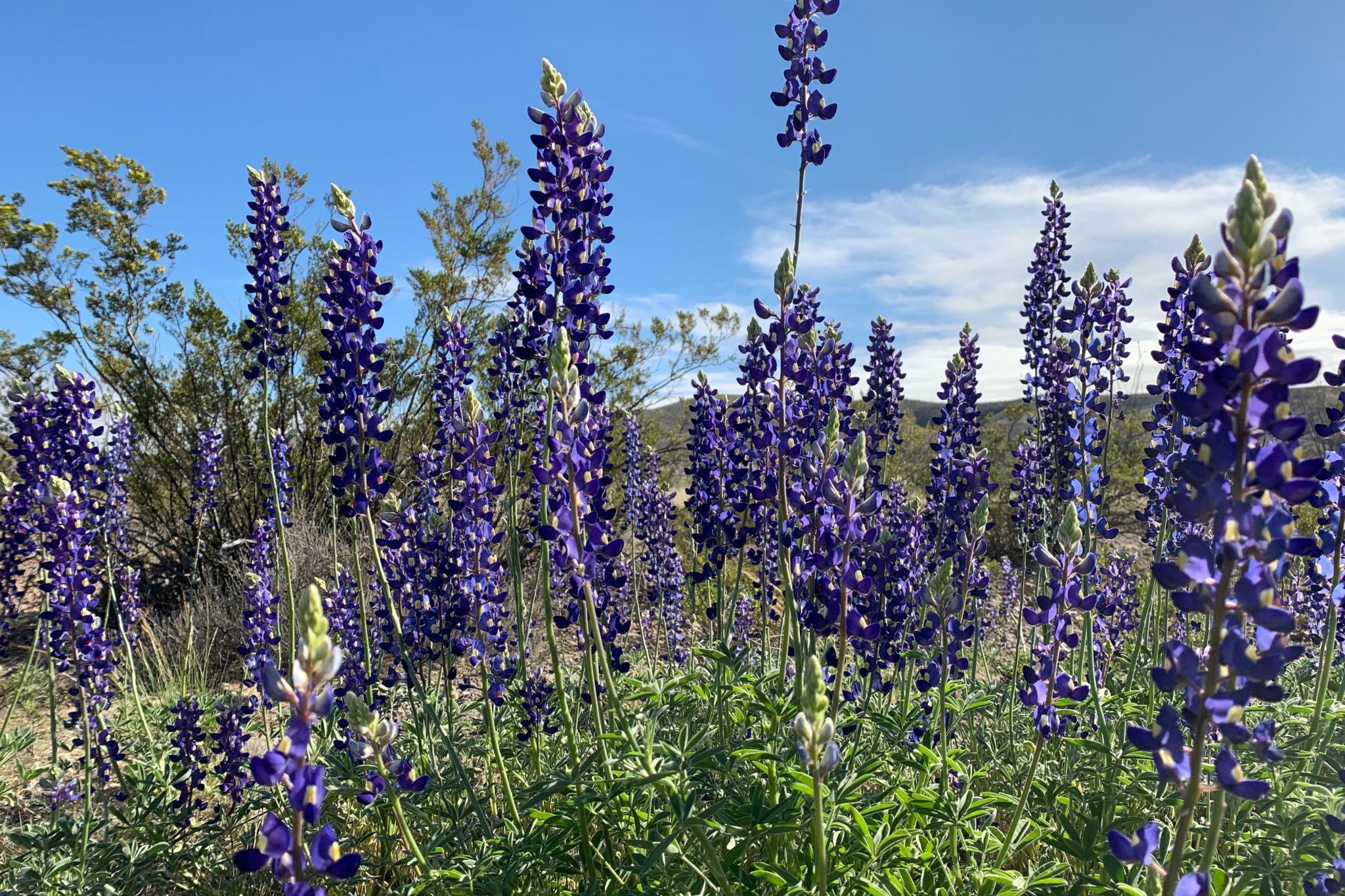
Despite Winter Storm Uri bringing subfreezing temperatures to Central Texas in February, a prominent number of flowers should still bloom across Central Texas this wildflower season, according to the Texas Parks & Wildlife Department.
Although slightly later than in recent years, Texas bluebonnets and other native flowers started to bloom in the Austin area in mid-March, and different species should begin to pop up over the next three months.
“Most native perennial or biennial plants such as bluebonnets fared just fine under the insulated snow and ice,” TPWD botanist Jason Singhurst said in a news release March 15. “If we can get some steady rain in the coming weeks and temperatures stay in the mid-80’s or below through April, it should be a great Texas bluebonnet spring.”
Andrea DeLong-Amaya, the director of horticulture at the Lady Bird Johnson Wildflower Center, said she expects wildflowers to bloom as usual, with bluebonnets expected to peak in early to mid-April…
Golden-cheeked Warbler is Back!
Article by Romey Swanson for Modern Texas Naturalist
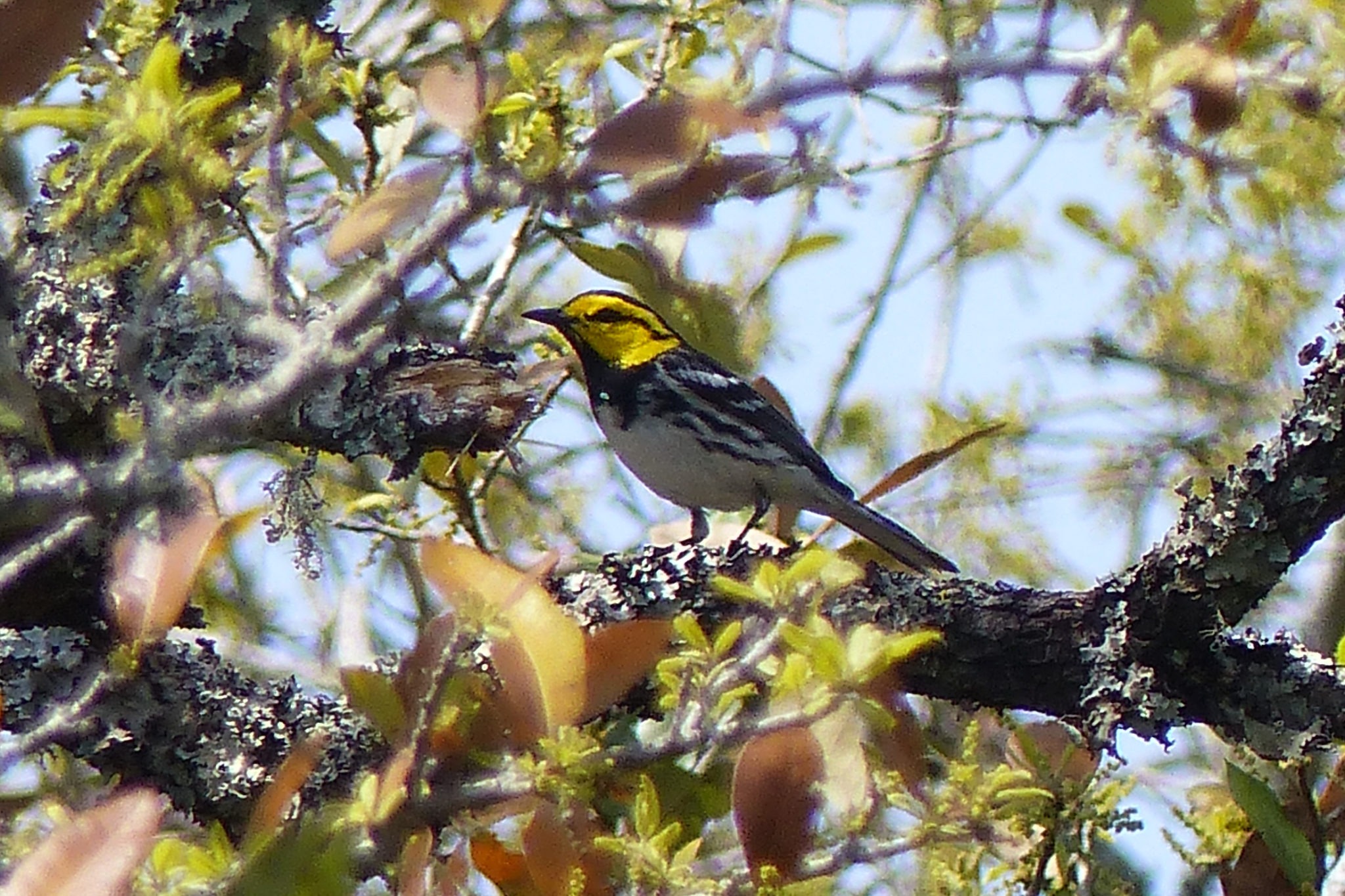
Golden-cheeked Warblers (GCWA) are beginning to arrive within their Hill Country haunts. The folks at Westcave Outdoor Discovery Center reported at least one GCWA on the Balcones Canyonlands Preserve on 5 March 2021 – right on time. Many more of these birds will arrive over the next couple of weeks.
The Golden-cheeked’s scientific name, Setophaga chrysoparia, translates to golden cheek moth eater; moth eater describing the genus which now includes most New World warblers. This federally endangered songbird is an attractive member of the wood-warbler family (Parulidae) and is a Texas breeding endemic – meaning every individual is a native Texan. Golden-cheeked Warblers are overwhelmingly reliant upon that special Hill Country habitat association of mature juniper-hardwood forests, typically with high levels of canopy cover, a diverse deciduous component, and occurring along moderate to steep slopes…
Biologists Advise Cleaning Feeders to Prevent the Spread of Diseases Among Birds
News Release by Texas Parks & Wildlife Department
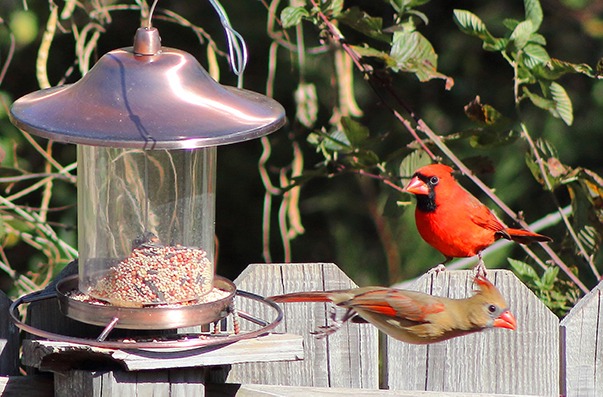
With spring around the corner, Texas Parks and Wildlife Department (TPWD) biologists are asking residents with bird feeders to routinely clean them, and the areas surrounding them, in order to help slow the spread of potentially deadly diseases among bird species.
Seeds and seed hulls that accumulate on feeder trays and on the ground below feeders can become moldy or start decomposing, especially after heavy use or wet weather, and can make birds sick. Bird droppings, and other contaminants around and on feeders can spread infectious bird diseases.
“The key is to keep the feeders clean, keep the area around the feeders clean, and fully shut down feeding if dead or sick birds are found at the feeder,” said TPWD Ornithologist, Cliff Shackelford. “If folks do not, diseases could continue to spread…”
Axis Deer Project Wraps Up
News Release by Hill Country Alliance
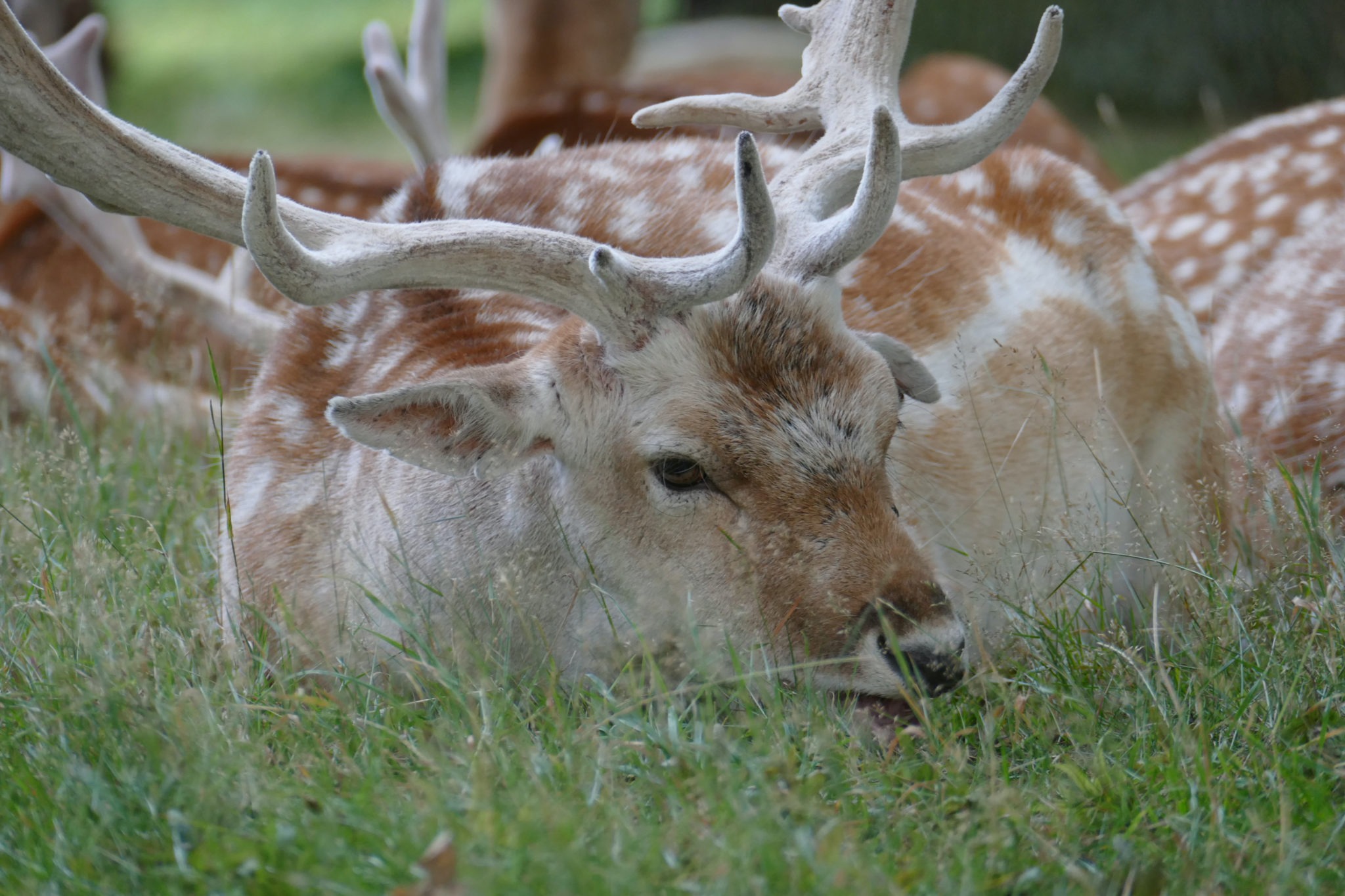
Hill Country Alliance, Texas Tech University’s Department of Natural Resources Management, and partners are grateful to the land stewards that supported the Axis Deer Control Project. Tissue samples will be used to understand the ecology and population dynamics of free-range Axis deer in the Hill Country.
Axis deer are an exotic species that were introduced from India to the Texas Hill Country in the 1930s. Since their introduction, Axis deer have proliferated, adversely impacting agricultural production, native wildlife, and creek-side habitat in several Hill Country river basins.
Matthew Buchholz, a Ph.D. Student at Texas Tech University’s Department of Natural Resources Management, is studying the exotic deer and has found reports of free-ranging populations of Axis deer in more than 30 counties across Central Texas…
Back to TopBack to Top







Sorry, the comment form is closed at this time.